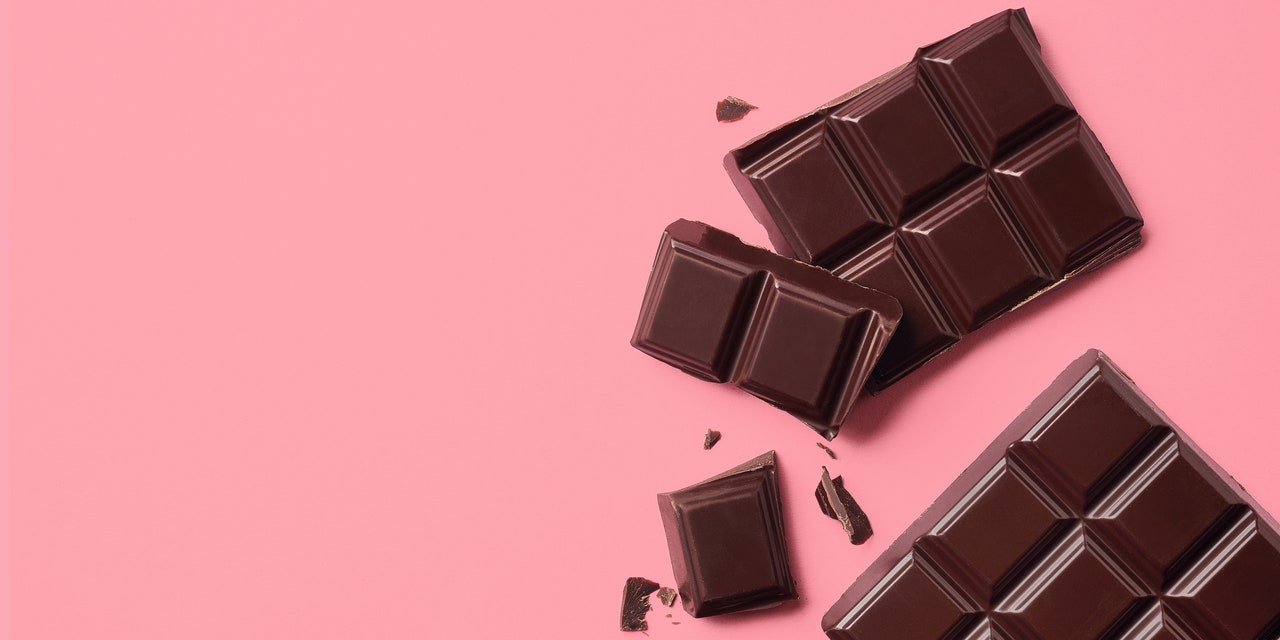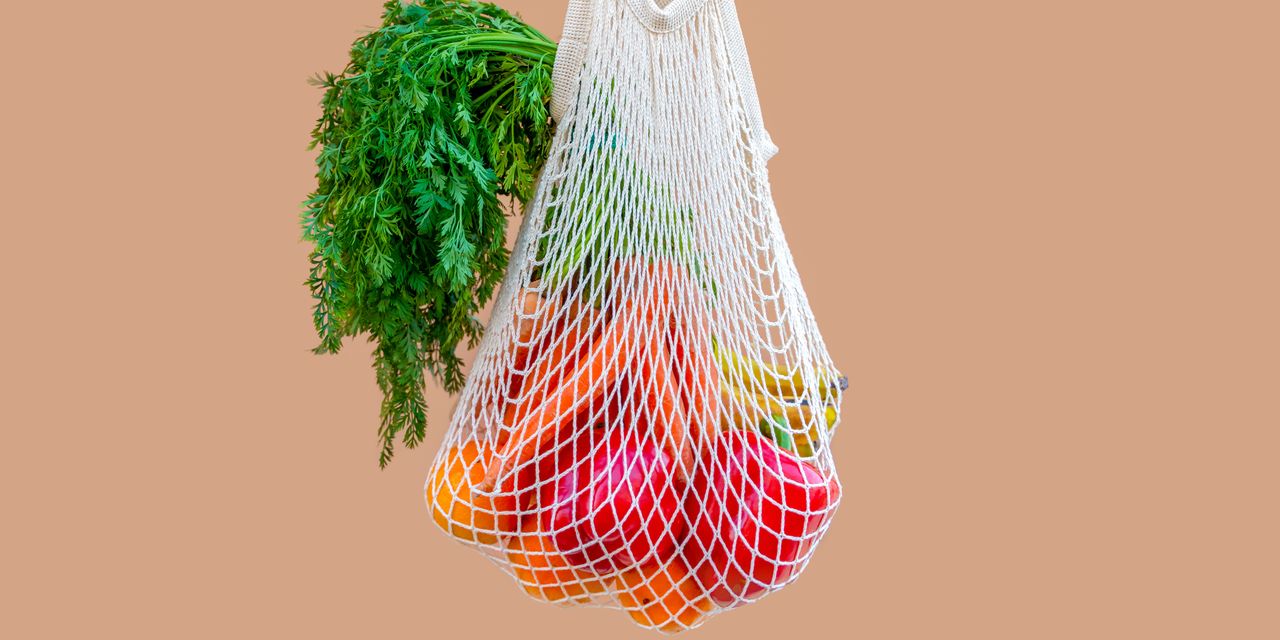Blog
Dark Chocolate Can Actually Help You Hit Your Fiber Goal, According to Dietitians

Greens, beans, nuts, and seeds get top billing when we think of fiber-rich ingredients, but they’re not the only ones that will help you get closer to your daily goal. There are quite a few surprising foods that deliver on this front, from unexpectedly high-fiber veggies like potatoes and pumpkin, to treats you might never have thought to associate with the nutrient in the first place—like chocolate!
Yes, chocolate—or, to be more specific, dark chocolate. This ingredient is finally getting its due in this department thanks to a viral breakfast making the rounds on TikTok. Shared by Karan Rajan, MRCS, MBBS, the yogurt bowl is designed to deliver a high amount of fiber in the most delicious and low-lift way possible. With fiber-rich fruits like raspberries, blackberries, and blueberries, along with soaked chia seeds (and some kefir yogurt for protein), it already clocks in at 15 grams of fiber (not to mention 30 grams of protein). The coup de grace? The three to four extra grams of fiber that come from just one ounce of shaved, melted, or chopped dark chocolate.
Although I’d be happy to take any excuse to eat more chocolate, I had some questions first. Namely, I wanted to know if its notable fiber content was legit or if it was just another instance of health benefits being a tad overstated on TikTok (looking at you, prebiotic sodas). And then if it wasn’t just hype, if milk chocolate packed just as big a fiber punch, too.
First order of business: It’s true that there is fiber in dark chocolate, but exactly how much comes down to a couple important factors: Its cocoa content and the specific brand, Wendy Lopez, MS, RD, co-founder of Diabetes Digital, a virtual nutrition counseling platform for people with prediabetes and diabetes, tells SELF. In general, a higher percentage of cocoa solids in a bar of chocolate equates to a larger fiber content. “That’s because cocoa itself is naturally rich in fiber, especially the insoluble kind, which helps support digestion and gut health,” she explains.
It all comes down to the cocoa, which, after all, is made from cocoa beans. In the case of cocoa, we’re not talking about actual beans—one of the highest-fiber categories of food out there—but instead, seeds. And as we know from chia seeds, foods like these are pretty darn fiber-rich, too.
The amount of cocoa—which is often listed by percentage on the label of your bar—plays a big role in its fiber content. A one-ounce serving with 70% cacao will typically deliver between two to three grams, while the same amount from a bar made of 85% cocoa will get you about three or four. And serious dark chocolate lovers can get as much as seven grams with 100% cocoa.
“For context, the daily fiber recommendation is 25 grams for women and 38 grams for men in the US,” Lopez explains. “So while chocolate isn’t exactly a fiber powerhouse, darker varieties can give you a helpful bump.”












